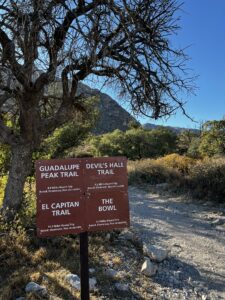How to Choose the Perfect Hiking Boot for Long-Distance and Short Training Hikes Whether you’re training for a long-distance hike or heading out for a quick trail workout, the right footwear can make or break your experience. For women who hike, choosing between hiking boots and hiking shoes can be a bit confusing, especially with so many options on the market. Knowing the key differences between these two types of footwear and how to select the best pair for your needs will keep your feet comfortable and your hikes enjoyable. In this post, we’ll explore the main differences between hiking boots and hiking shoes, how to choose the right pair based on your hiking goals, and what features to look for in long-distance and shorter training hikes. Hiking Shoes vs. Hiking Boots: What’s the Difference? Before diving into how to choose the right pair, let’s break down the key differences between hiking shoes and hiking boots. Hiking Shoes: Hiking shoes are a low-cut option that resembles a sturdy trail runner or sneaker. They are lighter and more flexible than traditional hiking boots, which makes them ideal for shorter hikes, casual treks, or when you need agility on the trail. Hiking Boots: Hiking boots are typically higher cut, providing ankle support and protection. They are designed for more rugged terrain and long-distance hiking where you’ll carry a heavier pack. They come in different weights, with some more flexible than others depending on the intended use. Choosing the Right Hiking Footwear for Your Needs Whether you’re prepping for a long-distance hike or focusing on shorter, training hikes, your footwear needs to match your terrain, load, and hiking style. Let’s look at how to choose between hiking boots and hiking shoes based on your specific goals. For Long-Distance Hikes: Long-distance hikes, especially multi-day trips or thru-hikes, require footwear that offers durability, support, and protection. What to Look For in Long-Distance Hiking Boots: For Shorter Training Hikes: If you’re doing short training hikes to build up endurance or strength, hiking shoes might be a better option. You want footwear that’s lightweight, flexible, and allows you to move quickly over varied terrain. What to Look For in Hiking Shoes for Training: Other Factors to Consider When Choosing Hiking Footwear When selecting hiking boots or shoes, there are a few additional factors to keep in mind to ensure you get the best fit and performance for your needs: 1. Weight of Your Pack 2. Terrain 3. Climate and Conditions 4. Fit Always prioritize fit when choosing hiking footwear. Make sure to try on your hiking shoes or boots with the socks you plan to wear on your hikes. Your feet tend to swell during long hikes, so there should be enough room in the toe box to prevent blisters and discomfort. Conclusion: Choosing the Best Footwear for Your Adventure For long-distance hikes, especially on rough terrain, hiking boots offer the ankle support, protection, and durability you’ll need to stay safe and comfortable. For shorter, quicker training hikes, a pair of lightweight hiking shoes will keep you agile and give you the breathability you need for faster-paced treks. Ultimately, the right hiking footwear comes down to your personal needs, the terrain you’ll be covering, and how much load you’ll be carrying. Consider the length of your hikes, the type of terrain, and the weather conditions before making your choice, and always test your boots or shoes before heading out on a long trek. Need more tips for gearing up for your next hike? Sign up for the Just Hyke newsletter for expert advice, trail tips, and special discounts on gear!



